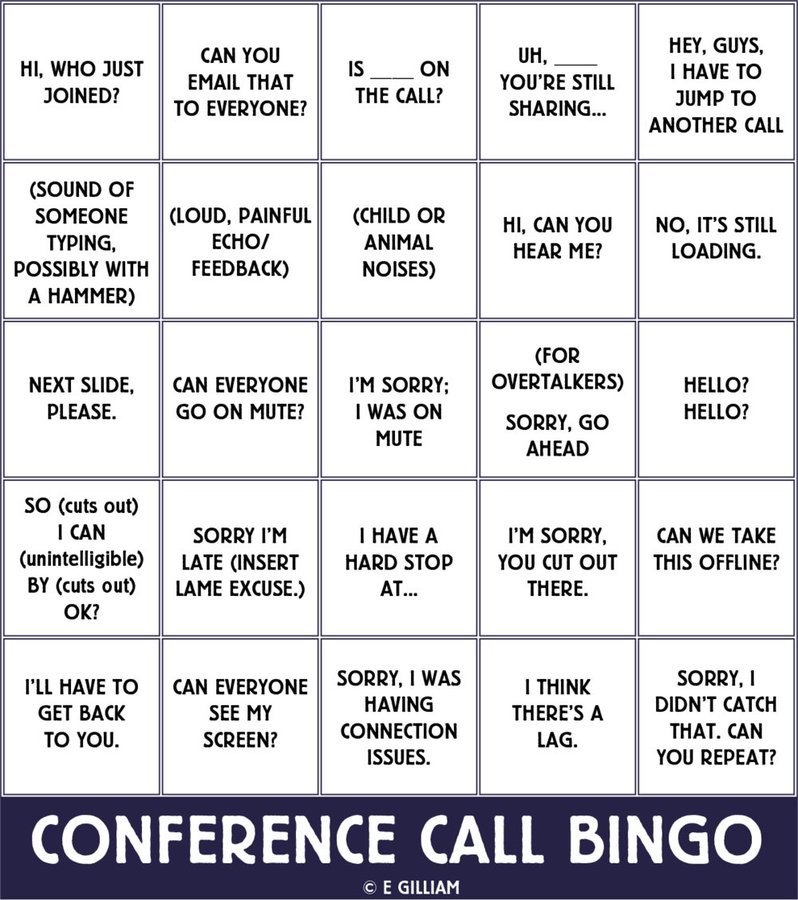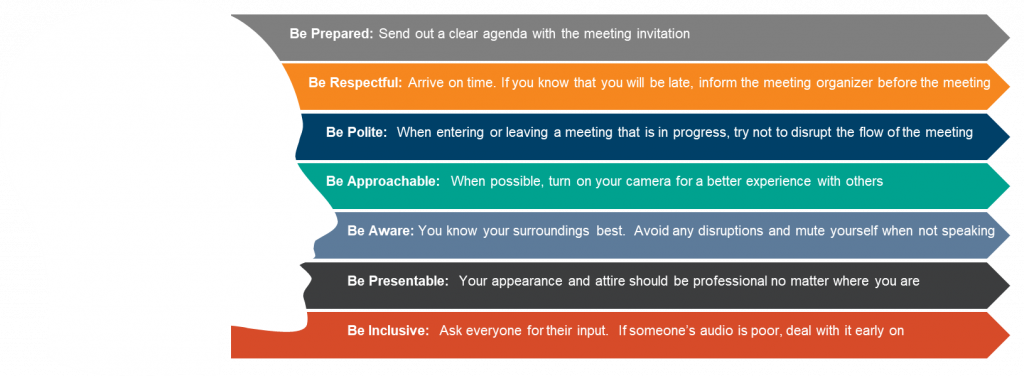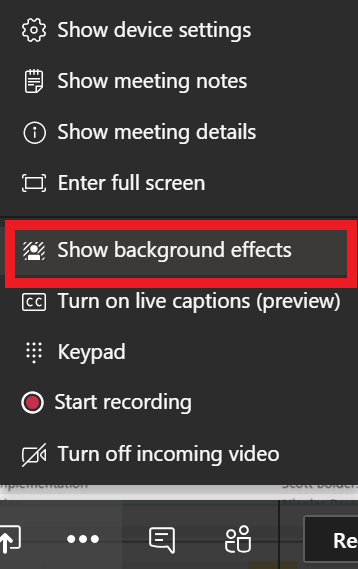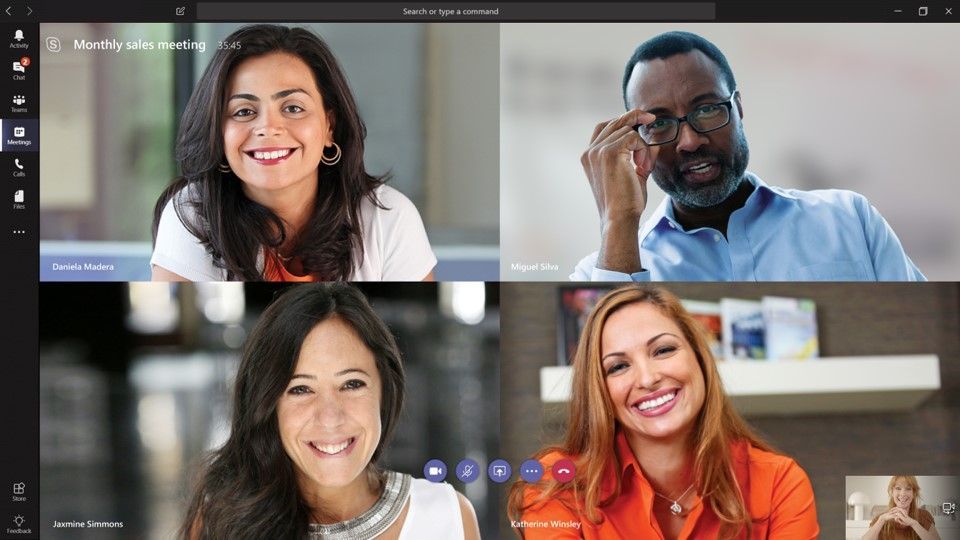Microsoft Teams Etiquette: A Primer for New Users

Hungry for additional Microsoft Teams tips? Check out our on-demand webinar “Beginner to Super User: Top 10 Microsoft Teams Tips” for more!
In many places, we are now several months in to our “new normal,” with much of the global workforce in lockdown at home. While working from home has been common practice for many users—particularly in technology-related fields—the concept is foreign to others, (e.g. professionals who are used to in-person interactions with their peers).
Since the COVID-19 outbreak we’ve seen many companies offer free guidance and training programs on using online collaboration tools such as Microsoft Teams. Still, many users find themselves not able to conduct effective online meetings for reasons beyond technology. It’s the stuff of memes and viral videos on social media. I borrowed this conference call bingo card from Fast Company.

All kidding aside, in this blog post, I provide non-technical guidance for Microsoft Teams users. Whether you’re a new or rookie user, everyone can benefit from these common-sense practices.

Be Prepared
Everyone is busy and it’s easy to get inundated with meetings, which can bring productivity to a halt. In many cases, not every invitee needs to attend every meeting. A clear agenda will help invitees whether it’s in the best interest of the company (or the attendees themselves) to attend a meeting or not. Agendas should be inserted into meeting invites and include information such as meeting goals, key discussion points, pre-meeting prep (such as links to documents), who is leading each section, and estimated times for each section.
Be Respectful
Ideally, meeting times should be minimized so that everyone can focus on their work. To do so, however, we need to make sure that attendees arrive on time. Those who know they will be late and have an active part in a meeting should notify the meeting organizer ahead of time so they can be prepared and shuffle the schedule if needed.
Learn more about AvePoint’s Office 365 governance solutions.
Be Polite
For someone who is facilitating a remote meeting, it can be difficult to know if someone has joined or left the meeting midway. It’s also disruptive when people openly announce that they’re joining or leaving.
Join a meeting with the microphone muted to not disrupt the speaker. Those who have joined late or need to leave early should just leave a message in the meeting chat. This message will be time-stamped and the meeting organizer will know roughly what has been missed so they can follow up afterward.

Be Approachable
Studies show that over 90 percent of communication is non-verbal. Through visual communication, people can ascertain the audience’s mood and see if someone is engaged and interested in what others have to say or if they’re distracted. Body language will reveal if someone is in a good mood or if they’re frustrated. By leveraging such visual cues, attendees get a better overall sense of how a meeting is going. So, turn on the camera and put on a smile ?.
Having said that, some users may not feel comfortable turning on their camera because of their surroundings (or any number of other reasons). While kindly encouraging them to do so is okay, the meeting leader should respect their decision either way and not pressure them.
Be Aware
Microsoft Teams lets attendees join meetings from any device and location. Meetings can even be facilitated from a mobile device, with presentations shared seamlessly. Yet, it can be difficult to have a productive meeting when there are interruptions. The microphone should be muted by attendees who are in a noisy place and are not speaking.
If there are visual distractions, the background can be blurred, and the attendees can try to position him or herself in such a way that the background is more uniform. You also have the ability to add a custom background. Teams has a set of several backgrounds to choose from, or you can upload your own picture. Keep it simple, professional, or have fun with it, all depending on your audience.


Be Presentable
Working from home (or anywhere outside the office) doesn’t mean that we can become less professional in our approach. This includes personal appearance. While it isn’t necessary to wear a suit when working from home, it is highly advisable to not have that “just rolled out of bed” look. Dress appropriately and prepare as if you were going into the office.
Be Inclusive
Facilitating meetings remotely can be difficult, especially if not all users have their cameras on. Having ten people on a call where only two are speaking may give the other eight the impression that their opinion doesn’t really matter. To give attendees the feeling that their input matters, ask each of them for input throughout the conversation. This rule, however, would not apply when the purpose of the meeting is to share information to a large audience (such as a webinar) and most attendees are there to be informed rather than be active participants.

Conclusion
While virtual meetings cannot replace many of the benefits that physical presence provides, using the recommendations provided in this article can help make your experience more pleasant. Find out more on leveraging Microsoft Teams for remote work by checking out the resources below:



